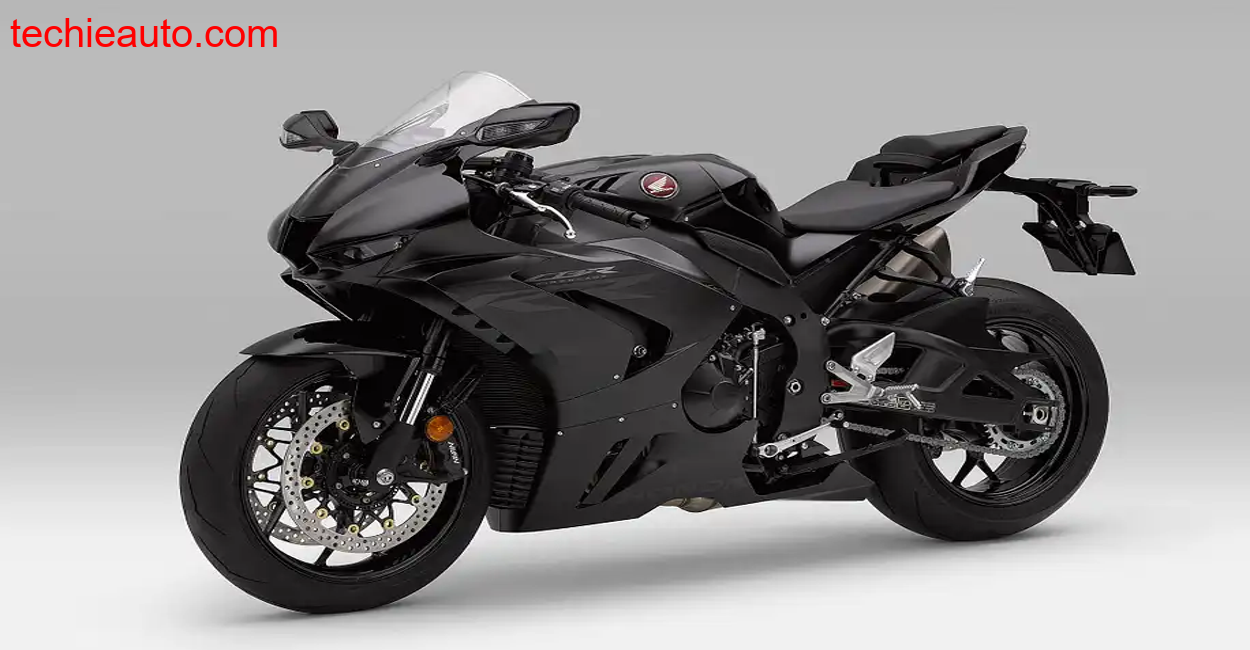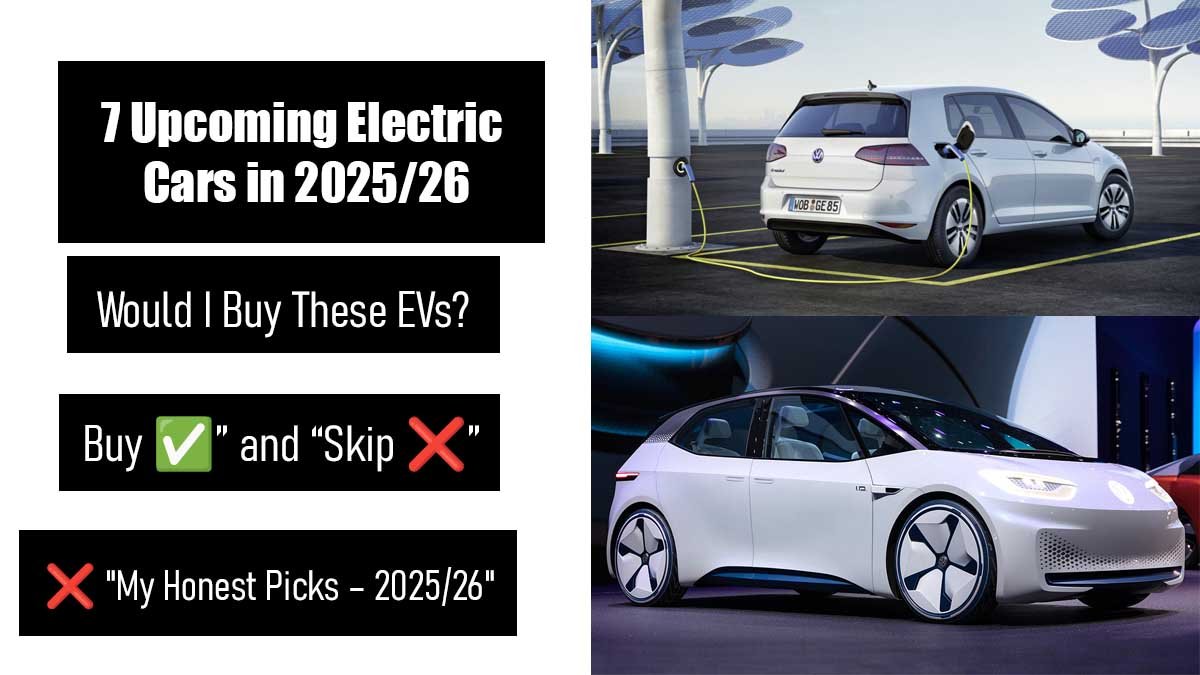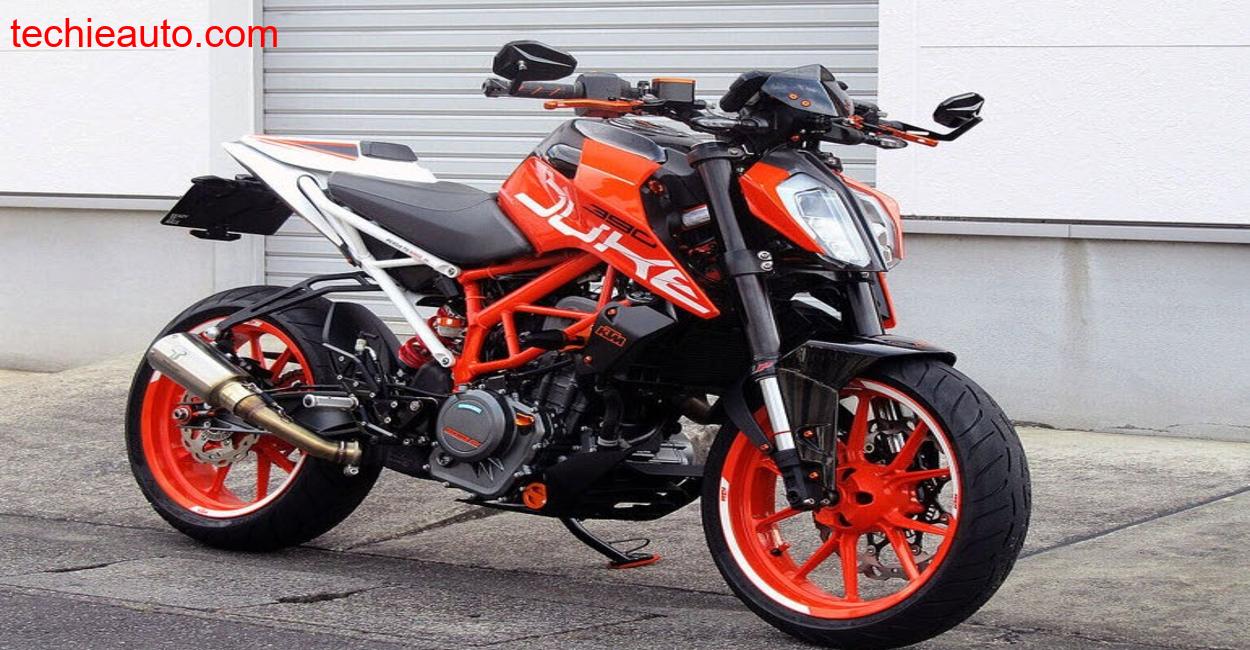The Way Back
Fireblade and I, we go way back. My first was in 1993, raw and lean, a different kind of wild animal. I’ve owned nearly every iteration since. The 2006 SC57 stood out as the peak, nimble yet powerful, emotionally evocative without being overkill. But Honda lost its way for a while. The SC77? Quick, yes. But sterile. Emotionless. Then came 2020’s rebirth: the CBR1000RR-R SC82. A machine that pulled no punches, visually polarizing, blisteringly fast, and unapologetically track-focused. 299 km/h in fourth gear. Exhaust flap screaming open at 84 km/h. Riding it through a small town? You’d feel like a criminal. And the first gear? Practically unusable on tight mountain hairpins. On public roads, the SC82 was like putting a samurai sword in a child’s hand, dangerously beautiful, but mismatched to the environment. But Honda listened. The 2024 update didn’t neuter the beast, it tamed it just enough. And somewhere between Cherrapunji’s foggy ridgelines and Shillong’s moss-lined curves, I realized the Fireblade had come back home.
The Translation
One of the most frustrating things about the older SC82 was the gearing. Tailored for track domination, it was almost useless below 3,000 rpm. Try negotiating a hairpin in first, and a 125cc could slice past you. But not anymore. In the updated 2024 Fireblade SP, the gear ratio finally matches the terrain, or at least doesn’t work against it. The low-end still demands finesse, a dab of rear brake, a touch of clutch slip, but it’s cooperative. And in the midrange, the pull is authoritative without being jerky. The quickshifter deserves a special mention. Whether I was pinned wide open on an empty stretch between Sohra and Laitkynsew or just feathering the throttle through market towns, the shifts were velvet. No hiccups. No lag. Just intent translated instantly.
The Sound
This was my biggest surprise. The older version barked like an untamed animal. Every twist of the throttle was a proclamation. On crowded hill roads with village homes nearby, it felt inconsiderate, even obnoxious. But now? Honda’s decision to equip a larger Akrapovič muffler (1 liter more volume) pays off. The scream is still there, but it’s matured. More bass, less bark. A deep resonance that you feel more than you hear. It’s the kind of growl that doesn’t wake babies or alarm shepherds, but still makes your spine tingle. Compared to the older can, it’s night and day. A claimed 5 dB(A) reduction doesn’t seem like much on paper, but in the Khasi Hills where every noise bounces between green cliffs and stone, it makes all the difference.
The Sitting Position
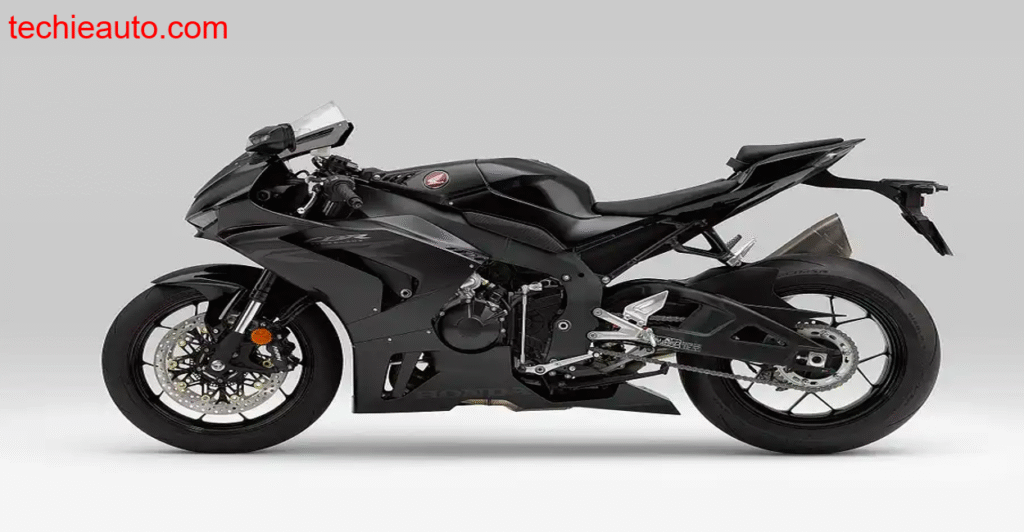
I’m a tall rider,193 cm, and I’ve always had a love-hate relationship with supersport ergonomics. Some days, I felt like I was folded into a paper crane. On others, the aggressive crouch was exactly what I craved. The 2024 Fireblade makes peace between the two. The footrests are now 16mm lower and less rearward. They’re also 19mm higher and 23mm closer together. Sounds contradictory? It isn’t. Somehow, it results in a seating position that’s just… right. No aching knees after a full day ride from Dawki to Shillong. No cramped toes through rough terrain. And on those long, empty curves, when you’re flat on the tank, it still feels like a racebike. Best of both worlds.
The Engine
The numbers haven’t changed: 217 horsepower at 14,000 rpm, 113 Nm at 12,000 rpm. But this engine isn’t just about specs. It’s about refinement. The Fireblade now meets Euro 5+ compliance, without sacrificing fury. Compression’s up from 13.4:1 to 13.6:1, thanks in part to titanium intake valves and tighter tolerances. Every part, from the camshaft to the crankcase, was sculpted down, gram by gram, following the RC213V-S blueprint. And the clutch-driven starter? A masterstroke. It allows for a narrower engine housing, saving 250g and keeping mass central. The result is a feeling of compact power, not just raw numbers. Even in fast riding conditions, the bike sipped between 5–6 liters per 100 km. With the slightly enlarged 16.5-liter tank, I easily managed 250-km stretches without hunting for fuel stations in remote hill areas.
The Electronics
Throttle-by-wire isn’t a novelty anymore. But the way Honda’s integrated it into the 2024 Fireblade is nothing short of sublime. The throttle valves now adjust based on load, gear, and lean angle. You barely notice it, but the bike feels smoother, more connected. HSTC (Honda Selectable Torque Control) in nine levels means you can tailor traction exactly to your liking. On rainy days in Laitlyngkot, I dialed it up. On dry switchbacks near Mylliem, I turned it down. Power modes? Five. Engine brake settings? Three. Wheelie control? Also, three levels. Each one makes a noticeable difference. The ride modes switch intuitively through the left switch cluster, finally ergonomic. Nothing fiddly, nothing frustrating.
The Chassis
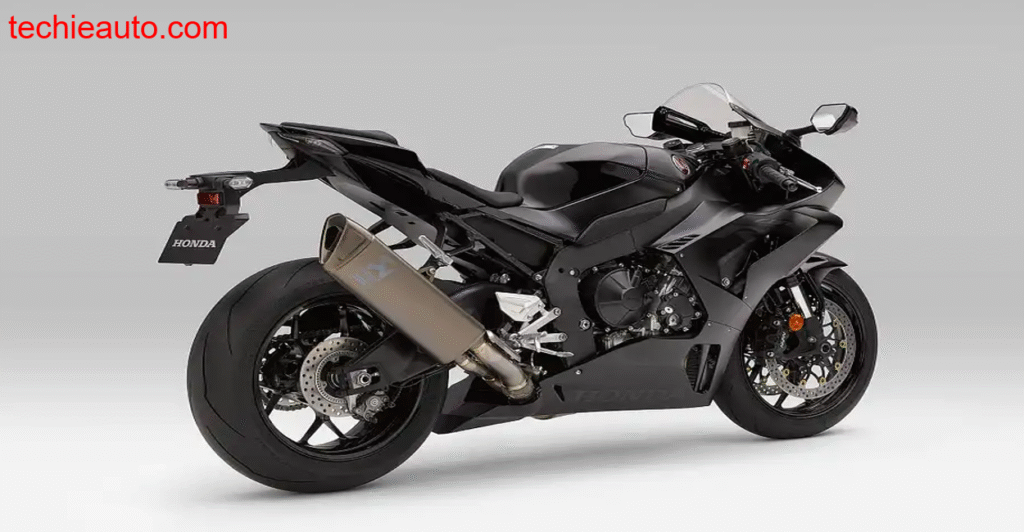
The heart of the ride. This is where the new Fireblade shows real evolution. Honda revised the frame geometry to reduce stiffness. Internal ribs were shaved, wall thickness altered. The result? A 960-gram weight savings and a feel that’s more fluid without being vague. Motor mount bolts were also shortened,140 grams gone. The net change? A 15% drop in torsional rigidity, and a 17% drop in lateral stiffness. On a spec sheet, those are numbers. On an East Khasi downhill run? They’re the difference between muscling the bars and dancing through corners.
The Suspension
This, for me, is the pièce de résistance. The Öhlins NPX USD S-EC 3.0 forks and TTX36 S-EC 3.0 rear shock are the best I’ve ever felt on a production machine. Period. Whether you’re attacking tarmac, gliding over rough patches near Smit, or navigating gravel-speckled backroads in Nongstoin, the suspension reads the road like braille. It’s intelligent, adaptive, and communicative. The semi-active OBTi Control software lets you adjust every nuance, including spring preload based on rider weight (up to 100 kg). Choose the SP. Don’t even consider the base model if you’re serious.
The Disguise
Winglets. Once a gimmick, now a necessity. On the 2024 Fireblade, they’ve been beautifully integrated, less flamboyant, more functional. No more bolt-on look. The new wings tuck neatly beneath the headlights, subtly slicing air and keeping the front end planted. The tank cover now sits lower, angling the rider slightly forward. It wasn’t until I parked next to my old SC82 that I even noticed the change. But in the HRC livery, under cloud-shadowed Khasi light, the bike looked like it had just rolled off a MotoGP grid. Aesthetics matter. And this Fireblade nails it.
Technical Specification
| Feature | Specification |
| Engine | 999cc inline-four, liquid-cooled |
| Power | 217 hp @ 14,000 rpm |
| Torque | 113 Nm @ 12,000 rpm |
| Compression Ratio | 13.6:1 |
| Bore x Stroke | 81 mm x 48.5 mm |
| Transmission | 6-speed with quickshifter (up/down) |
| Frame | Aluminum twin-spar |
| Suspension (Front) | Öhlins NPX 43mm S-EC 3.0 USD forks |
| Suspension (Rear) | Öhlins TTX36 S-EC 3.0 shock |
| Brakes | Brembo Stylema with dual 330mm discs |
| Wheelbase | 1,455 mm |
| Wet Weight | Approx. 201 kg |
| Fuel Tank Capacity | 16.5 liters |
| Electronics | HSTC, Power Modes, Engine Brake, Wheelie Control |
| Exhaust | Akrapovič Titanium (Euro 5+) |
Conclusion
The 2024 Fireblade SP is more than just an update. It’s an apology and a promise. An apology for the overly aggressive, rigid race-replica of the past. And a promise, to deliver a machine that thrills on the track without punishing you off it. Riding through the East Khasi Hills, where the clouds hang low and the roads cling to the cliffs, this bike felt at home. Controlled chaos. Refined brutality. Every throttle blip, every curve leaned into, it brought a grin back to my face. Honda didn’t just bring the Fireblade back to form. They’ve reminded us why this name still matters.
Can the gear ratio be customized in CBR1000RR for better low-end performance?
Not easily. ECU limits prevent sprocket changes without reprogramming, which voids warranty.
How comfortable is CBR1000RR for long rides?
Surprisingly good. Revised ergonomics and Öhlins suspension make it manageable even for 250+ km days.
